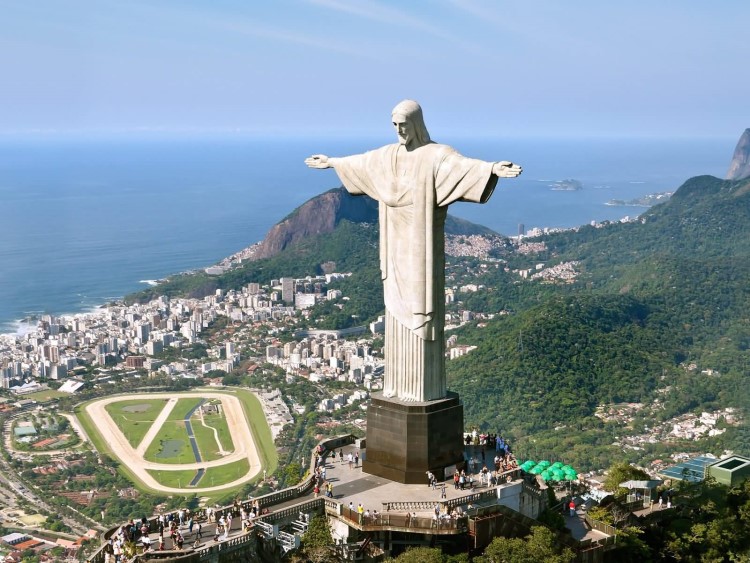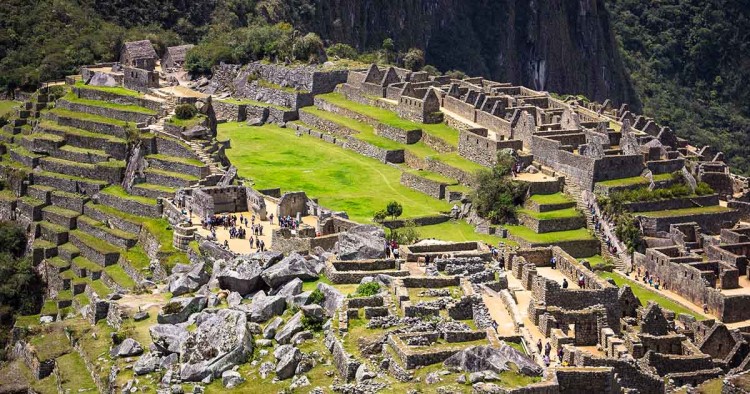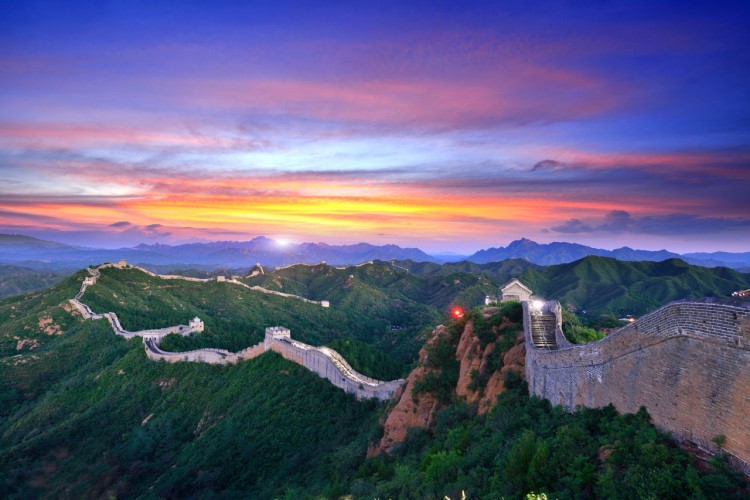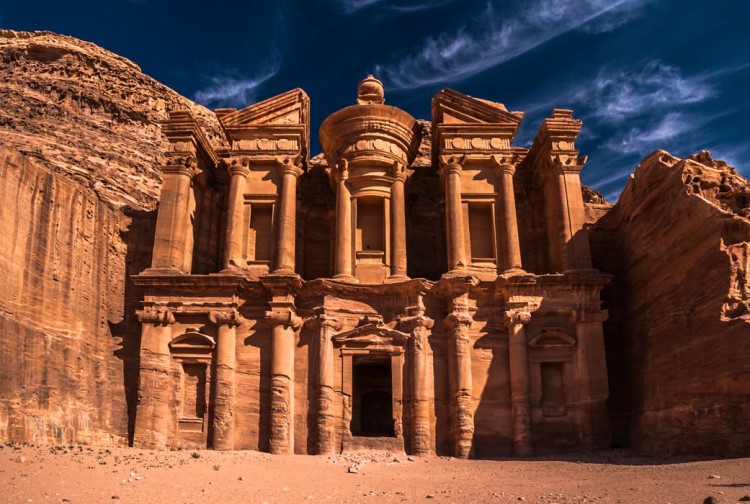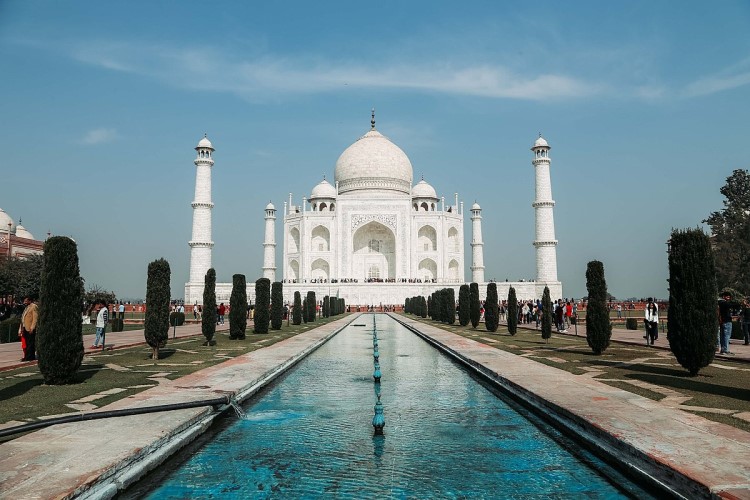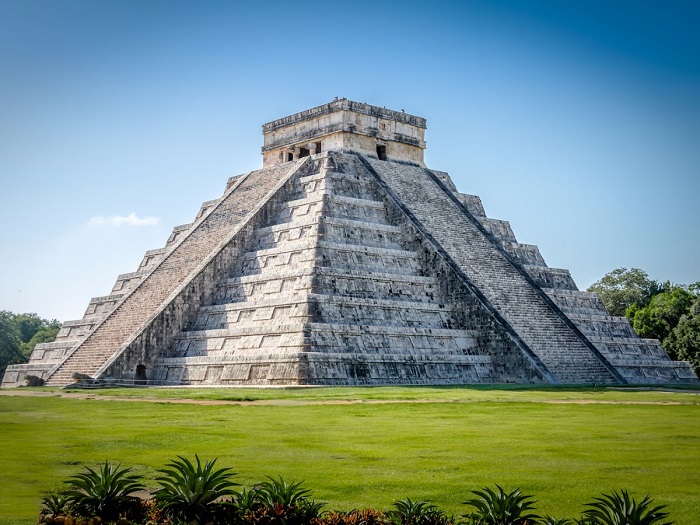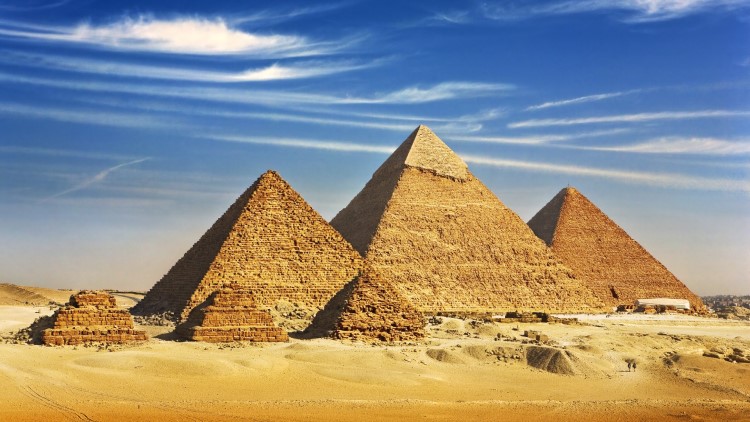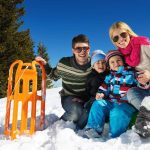World history goes through hundreds of millions of years with many ups and downs bearing the vestiges of each mysterious and sacred legend and myth, like Review 8 wonders travel and tours around the world will bring you curiosity, want to explore the ancient lands of ancient civilizations. The wonders you’ll visit on your itinerary include the Colosseum, the Great Wall, the Taj Mahal, Chichen Itza, the Statue of Jesus Christ in Brazil, Petra, Machu Picchu and the Pyramids of Giza.
Contents
- 1. Colosseum, Rome, Italy- 1st of the list review 8 wonders travel and tours in the world
- 2. Christ the Redeemer statue, Brazil (1931)
- 3. Machu Picchu, Perú
- 4. The Great Wall of China, China
- 5. The city of Petra, Jordan (VIII BC)
- 6. Taj Mahal, India (1631-1653)
- 7. Chichen Itza, Mexico (IX-XII)
- 8. Honorable Mention: Pyramids of Giza, Egypt- the last of the list review 8 wonders travel and tours in the world
1. Colosseum, Rome, Italy- 1st of the list review 8 wonders travel and tours in the world
The Roman Colosseum is an amphitheater built during the Roman Empire between 70 and 80 AD by order of Tito Flavio Vespasiano. For this reason, it was known in its day as the Flavian Amphitheater.
The Colosseum is located in the city of Rome, Italy, to the east of the Roman Forum, and is located on flat land, which is a constructive novelty in this type of building.

The novelty lies in the fact that, until then, the only way to support the stands of an amphitheater was by placing them on a slope or hill. Thanks to the technical contributions of the Flavian dynasty, specifically, the groin vault, a structural solution was obtained to raise the amphitheaters above ground level.
If you know the building’s background, a visit to the Colosseum will be truly stunning and come to life according to the hype. This place was used for wild game hunting, public executions and gladiator fights for several hundred years, then became an apartment complex when the medieval Romans made their home. them in ruins. Spend some time in the second-story exhibit area, see artists’ drawings of the building’s ancient and medieval incarnations, and you’ll be eager to learn more.
The materials used for the Colosseum were brick, stone (travertine, tuff and marble), wood, mortar, and concrete or mortar. The latter was a Roman invention that spurred the development of architecture. It is especially necessary for brick structures.
Regarding the use of rocks, the technique applied is ash slag. It consists of stacking carved stone blocks as parallel sides, stacked without mortar with the help of scaffolding and cranes. Holes in the rock at the Colosseum are evidence of the use of cranes’ claws.
In summary, the history and the construction of the ancient Romans over the years had brought many mysteries and interesting stories which each traveler should come, experience, discover and hear from the native speakers because it is one of review 8 wonders travel and tours in global. Pick up your ticket at the Forum or the Palatine office and visit later in the day when the mandatory security lines have eased. This is a great place for families, small groups or solo travelers. The building is wheelchair accessible.
2. Christ the Redeemer statue, Brazil (1931)
The Christ the Redeemer Statue is located at the top of Mount Corcovado in the city of Rio de Janeiro in Brazil. Designed by the architect Heitor da Silva Costa, the sculpture was inaugurated in 1931, and soon became one of the main attractions for Christian believers and visitors to the city.
The sculpture is 30 meters high and stands on a base of 8 meters. Its design follows the art deco style, in which eclecticism, angular lines and stylized design predominate. The structure of Christ the Redeemer is made of concrete and the surface is covered with geometric patterns of soapstone rock, also called soap rock due to its malleability.
Inside the monument, there is a chapel for religious celebrations, located at the base. The interior of the sculpture is hollow, and it has a long staircase that allows reaching the head, however, these stairs are for the exclusive use of maintenance services.
There are many ways to approach Corcovado and Christ. Using public transport, take bus lines 180 and 184 from Rio or Route 583 from Copacabana or Ipanema to Cosme Velho. From there, venture out on an eco-friendly tram ride to the foot of the statue. Others chose to take vans from different points in the city straight to the base of the statue. It is also walkable from Parque Lage via a hiking trail located at the base of the mountain. Be prepared: This 8-mile trail is strenuous and includes some steep sections. However, if you decide to hit the hiking trail, you’ll get a discount on admission.
Rates for trains and vans conclude round-trip transportation, plus admittance to the statue, and fluctuate between high and low season, ranging from $51 to $62 for adults and $27 for children 6 to 11 years old (Weekends and holidays are always considered high season.)
3. Machu Picchu, Perú
The ruins of the city of Machu Picchu, in Peru, are built on top of a sacred mountain. They represent not only one of the greatest architectural achievements of humanity, but also a true feat of civil and agricultural engineering.
Its construction was a demonstration of the triumph and power of Emperor Pachacútec and, at the same time, it was conceived as a religious and resting place for the Inca elite. The complex includes about two hundred buildings, including houses, temples, cultivation terraces and the sacred Intihuatana pillar.
The development of a system of pipes and fountains, which supplied the city with water, stands out. Along with this, masonry is considered a technical feat, since it achieves the stability of constructions without using mortar.
In Aguas Calientes, you need to meet your driver at your hotel or train. Begin the scenic 30-minute drive to Machu Picchu, where you’ll show your passport and go through security. Walking 20 minutes to the upper part of Machu Picchu, following your guide to the perfect viewing spot. You will be guided through the legendary site on a 2-hour tour, on which you’ll dig into the history of the Lost Citadel and Machu Picchu. Enjoy panoramic views of the ruins and surrounding mountains. You will also get lost in the stone constructions like a labyrinth.
4. The Great Wall of China, China
The Great Wall of China is a fortress built between the 5th century BC and the 17th century AD in northern China, intended to prevent invasions by nomadic tribes mainly from the Mongols. It is the largest engineering work developed in history.
To build it, slave labor was used. Its construction caused so many deaths that it is famous as the largest cemetery in the world. Rumors say that the remains of slaves were used as building materials, but research disproves this myth.
Conceived as a defensive complex, the Great Wall of China crossed deserts, cliffs, rivers, and mountains over two thousand meters high. It is divided into various sections and utilizes terrain accidents as a natural extension of its walls.
The fortifications are nearly 22,200 km long, although some sections have been lost. Its walls are about 7 meters high, and 4 to 5 meters wide.
But it’s not just about the longest wall in the world. These walls include other more complex structures such as gates, watchtowers, and army barracks (the latter may or may not be integrated into the wall). The wall has a smoke alarm system in case of a threat.
The Great Wall of China deserves to be one of review 8 wonders travel and tours worth exploring when coming to China. Tours are always ready to pick up at the hotel door with different prices depending on the purpose of each person.
5. The city of Petra, Jordan (VIII BC)
Petra is the Greek name for an ancient city in present-day Jordan. It is located between the Black Sea and the Gulf of Aqaba. Today it is considered one of the most important archaeological centers in the world.
The city of Petra receives that name because it is built in stone. Indeed, the most famous buildings in the city are the Khazneh or ‘the Treasury’, and the Deir or ‘the Monastery’. The structures are two separate hemispheres, that is, temples carved into the rock in the form of a semi-cave.
The Petra Treasury is 40 meters high and 28 meters wide and may have had religious or funerary functions. For its part, the so-called Monastery of Petra is 45 meters high by 50 meters wide.
The city was founded by the Edomites around the 8th century BC. Later, it became the capital of the Nabataeans, and it was they who developed the architectural wonder of Petra. After coming under the control of Rome and the Byzantine Empire, Petra fell into oblivion in the West until it was rediscovered by Jean Louis Burckhardt in 1812.
The best time to visit Petra is in the spring and autumn months as the temperatures are not too high stone into an even more beautiful color. And it deserves one of the review 8 wonders travel and tours where everyone falls in love with this country.
6. Taj Mahal, India (1631-1653)
The Tal Mahal is a mausoleum built in the 17th century by Emperor Shah Jahan to honor his favorite wife, Arjumand Banu Begum, also known as Mumtaz Mahal. It is located in Agra, India, next to the Yamuna River.
El mausoleo es un complejo con diferentes secciones. Entre ellas, un portal, varias tumbas secundarias, patios, jardines, un bazar, una mezquita y, por supuesto, el mausoleo de Mumtaz Mahal. Este mausoleo posee una cúpula de 40 metros de diámetro y 4 metros de alto que. No reposa sobre columnas, sino distribuye su peso de manera equilibrada hacia el resto del edificio, gracias a su estructura de anillos de piedra y mortero.
The Tal Mahal also stands out for its sumptuous decoration and its beauty. It dominates the western technique Pietra dure (or hard stone), which was executed by European artists and craftsmen brought to India for that purpose. With this technique, they apply various motifs such as flora, Arabic calligraphy and oriental symbols.
7. Chichen Itza, Mexico (IX-XII)
The urban complex of the city Chichén Itzá is located in the Yucatan Peninsula, Mexico, and is located on five cenotes (underground water sources) that supplied water to the Mayan population.
The Chichen Itza Castle is the most outstanding monument in the complex. It is a truncated and stepped pyramid about 30 meters high. The building is also known as the Temple of Kukulkan since it was erected in honor of that god.
During the equinoxes, the steps of the pyramid cast a shadow in the shape of a snake. In ancient times this was interpreted as a symbol of the descent of the god Kukulkan. Therefore, it is believed that the pyramid also acts as a calendar, and was associated with the rituals of the growing and harvesting seasons
8. Honorable Mention: Pyramids of Giza, Egypt- the last of the list review 8 wonders travel and tours in the world
Over five thousand years old, the pyramids are part of the Giza necropolis in Egypt. They are the only ones of the Seven Wonders of the Ancient World that have survived the test of time. For this, they awarded him honorary recognition.
All the pyramids were conceived as funerary enclosures to house the main authorities. Within the necropolis, the best-known pyramids are those of Cheops, Micerinos and Khafre. In the complex, there are also the pyramids of the queens and other buildings of great archaeological value.
The pyramid of Cheops is the tallest of all and, in fact, it was the one celebrated in the Seven Wonders of the Ancient World. It reaches a height of 140 meters. It is followed by that of Khafre, with 143.48 meters, and that of Micerinos, with 64 meters in height.
The cost and details of the review 8 wonders travel and tours in the World schedule are on the tourist sites in the countries.

